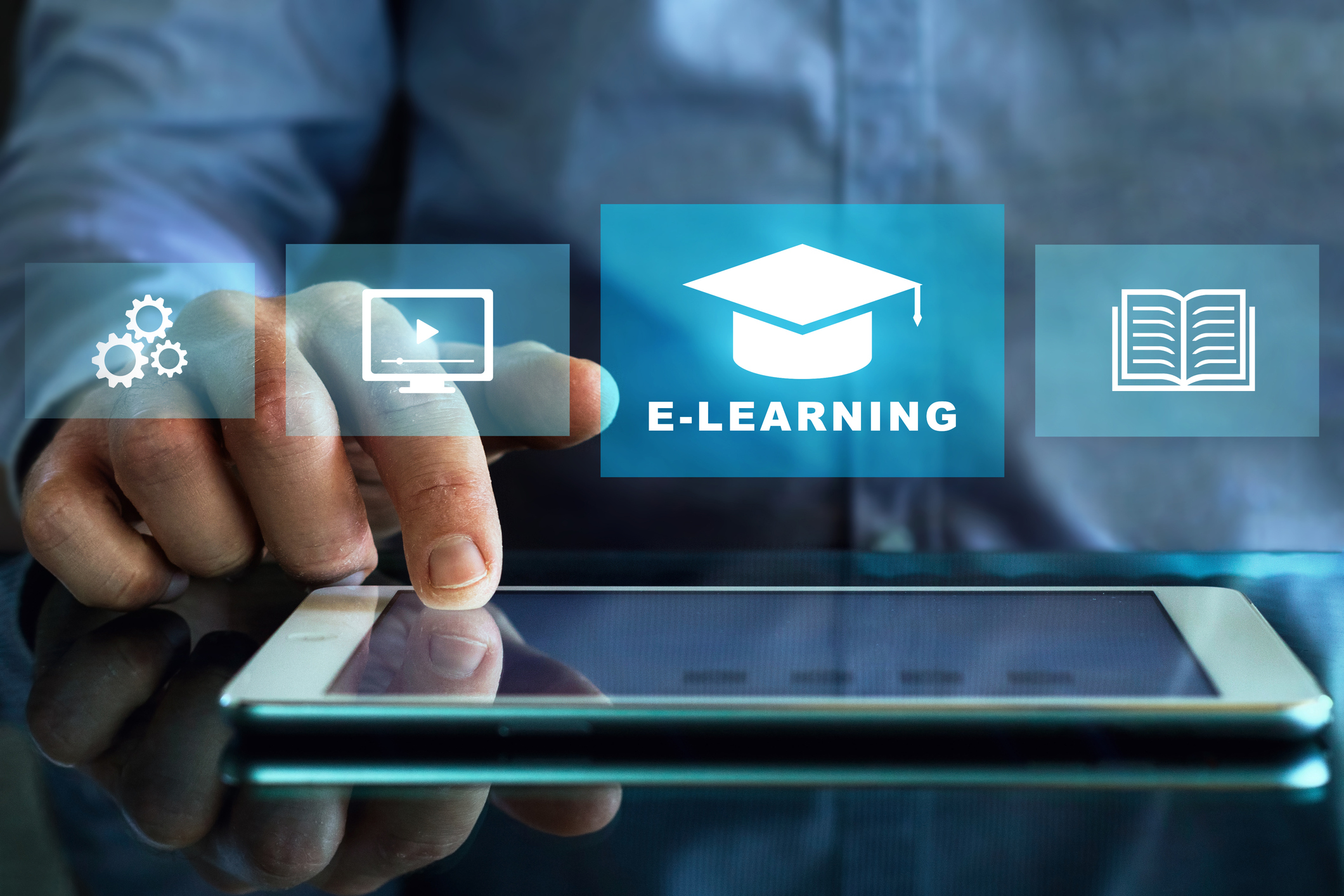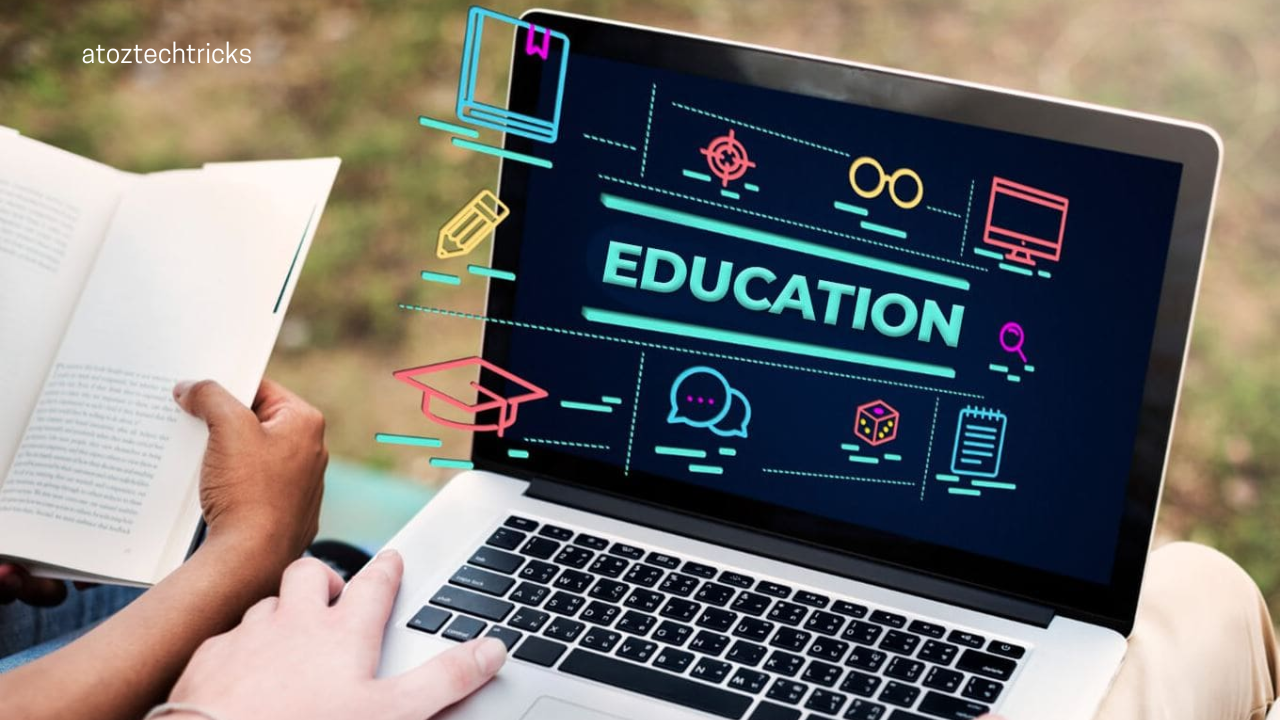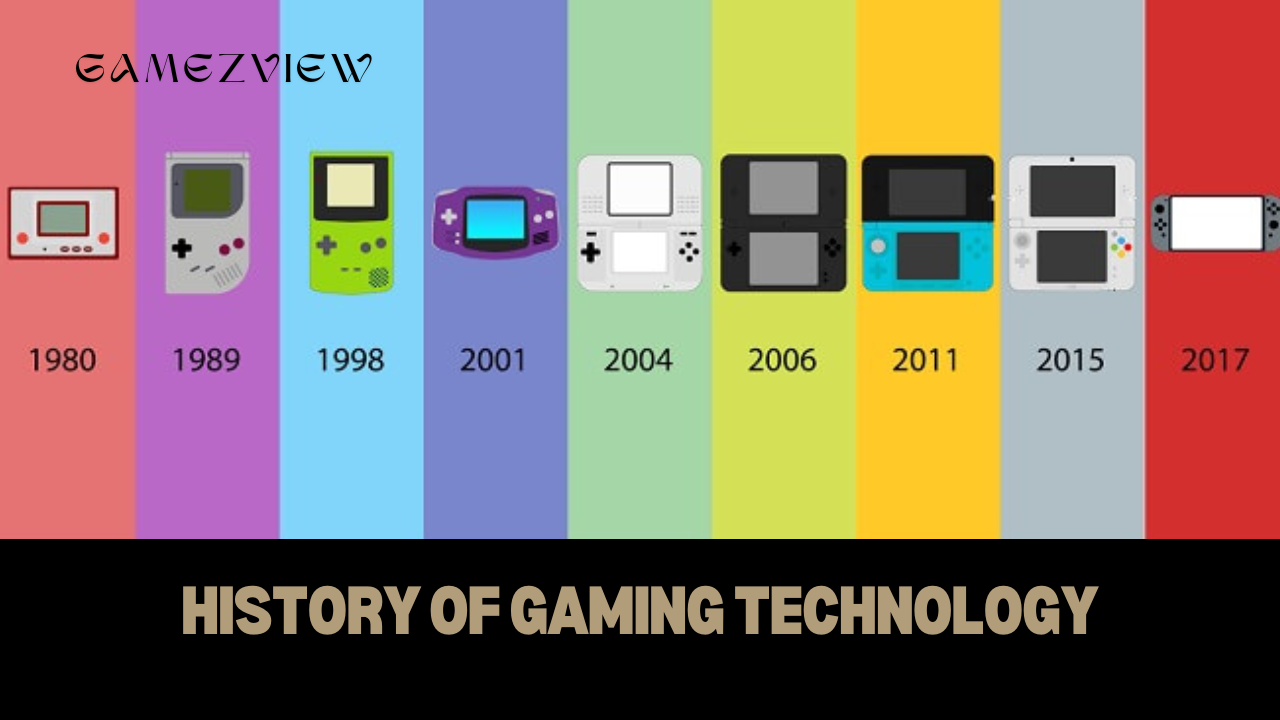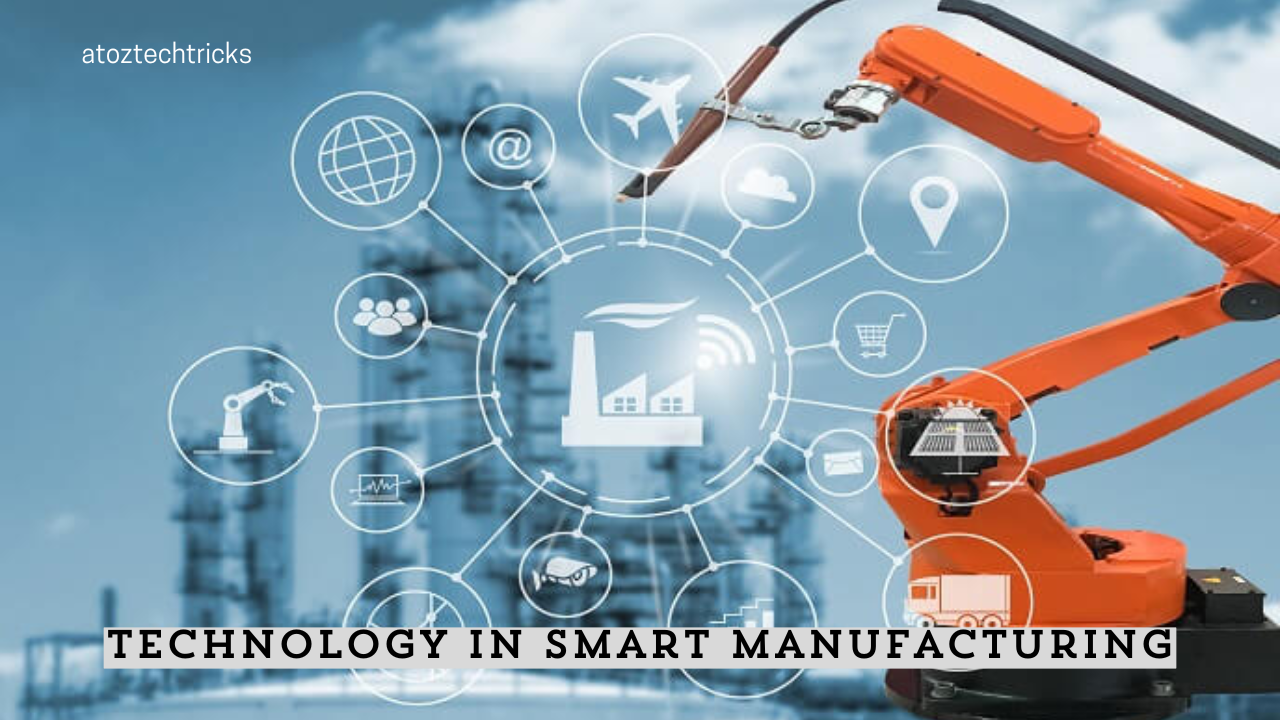In today’s rapidly evolving world, technology is reshaping virtually every aspect of our lives, including how we learn and teach. The integration of advanced technologies in education has not only transformed traditional teaching methods but has also created innovative learning opportunities. This article explores the various ways technology is revolutionizing education, highlighting the benefits, challenges, and prospects.
1. The Evolution of Educational Technology
Educational technology has come a long way from chalkboards and overhead projectors. The journey began with the introduction of computers in classrooms, followed by the development of the internet, and now encompasses cutting-edge innovations such as virtual reality (VR), artificial intelligence (AI), and blockchain.

Early Innovations:
- Computers and the Internet: The introduction of computers in the 1980s marked the beginning of a digital revolution in education. The internet further expanded educational resources, making information more accessible than ever before.
- Multimedia and Interactive Tools: With the advent of multimedia tools, educators began using videos, animations, and interactive software to enhance learning experiences and cater to different learning styles.
2. Personalized Learning Through AI
Artificial Intelligence (AI) is at the forefront of revolutionizing education by enabling personalized learning experiences. AI-powered platforms can analyze students’ learning patterns, strengths, and weaknesses to tailor educational content and strategies accordingly.
AI in Action:
- Adaptive Learning Platforms: These platforms use AI algorithms to adjust the difficulty level of tasks based on students’ performance, ensuring that learners are consistently challenged at an appropriate level.
- Intelligent Tutoring Systems: AI-driven tutoring systems provide real-time feedback and support, simulating one-on-one tutoring sessions. They help students with immediate assistance, practice problems, and explanations.
- Predictive Analytics: By analyzing data from various sources, AI can predict student performance and identify those who may need additional support, allowing for early intervention and personalized assistance.
3. The Impact of Virtual and Augmented Reality
Virtual Reality (VR) and Augmented Reality (AR) are transforming the way educational content is delivered, providing immersive learning experiences that were previously unimaginable.
VR in Education:
- Immersive Learning Environments: VR creates simulated environments where students can explore historical events, conduct scientific experiments, or visit distant places, enhancing their understanding through experiential learning.
- Skills Training and Simulations: VR is particularly valuable for training in fields that require hands-on experience, such as medicine, engineering, and aviation. Simulations allow students to practice skills in a risk-free environment.
AR in Education:
- Interactive Textbooks: AR enhances traditional textbooks by overlaying digital information on physical pages, providing interactive elements such as 3D models, videos, and additional resources.
- Enhanced Learning Experiences: AR apps can bring static images to life, offer interactive maps, and create engaging educational games that reinforce learning through interactive content.

4. The Rise of Online and Remote Learning
The shift towards online and remote learning has been accelerated by technological advancements, making education more accessible to learners worldwide. This trend was particularly evident during the COVID-19 pandemic, which necessitated the rapid adoption of online learning platforms.
Benefits of Online Learning:
- Accessibility: Online courses break down geographical barriers, allowing students from different parts of the world to access quality education and resources.
- Flexibility: Online learning offers flexible schedules, enabling students to learn at their own pace and balance education with other responsibilities.
- Diverse Course Offerings: The internet provides a vast array of courses and programs that cater to various interests and career goals, from traditional academic subjects to niche hobbies and professional skills.
Challenges of Online Learning:
- Digital Divide: Not all students have equal access to technology and the internet, which can create disparities in educational opportunities.
- Engagement and Motivation: Online learning requires self-discipline and motivation, as students may face distractions and lack the structure of a traditional classroom.
The Future of Biotechnology: Innovations and Ethical Considerations
5. Gamification and Interactive Learning
Gamification involves incorporating game-like elements into educational activities to make learning more engaging and enjoyable. This approach leverages students’ natural inclinations towards games and competition to enhance their learning experiences.
Gamification Strategies:
- Educational Games: Games designed for educational purposes can teach various subjects, from math and science to language arts, through interactive and entertaining methods.
- Badges and Rewards: Earning badges, points, or rewards for completing tasks and achieving milestones can motivate students and provide a sense of accomplishment.
- Leaderboards: Leaderboards introduce an element of competition, encouraging students to strive for better performance and engage more actively in their learning.
6. The Role of Big Data and Analytics
Big data and analytics play a crucial role in modern education by providing valuable insights into student performance, behaviour, and learning outcomes. These insights help educators make informed decisions and improve teaching strategies.
Applications of Big Data in Education:
- Learning Analytics: By analyzing data from student interactions with learning platforms, educators can identify trends, measure progress, and tailor instructional methods to better meet students’ needs.
- Institutional Improvement: Schools and universities use data analytics to assess the effectiveness of programs, allocate resources efficiently, and implement evidence-based improvements.
- Personalized Learning Pathways: Data-driven insights allow for the creation of customized learning pathways that align with individual students’ needs and goals.

7. The Future of Technology in Education
As technology continues to advance, the future of education promises even more transformative changes. Emerging technologies such as blockchain, quantum computing, and advanced AI are expected to further revolutionize the way we learn and teach.
Future Trends:
- Blockchain for Education: Blockchain technology has the potential to enhance data security, verify academic credentials, and streamline administrative processes in education.
- Quantum Computing: Quantum computing could revolutionize data processing, enabling more complex simulations, faster problem-solving, and advancements in research and development.
- AI and Machine Learning: The ongoing development of AI and machine learning will likely lead to even more sophisticated educational tools, predictive analytics, and personalized learning experiences.
8. Ethical Considerations and Challenges
With the rapid adoption of technology in education, it is essential to address ethical considerations and potential challenges to ensure that technological advancements benefit all students and educators.
Key Issues:
- Privacy and Data Security: The collection and storage of student data raise concerns about privacy and security. It is crucial to implement robust measures to protect sensitive information.
- Digital Equity: Ensuring equitable access to technology and internet resources is essential to prevent widening the digital divide and promoting inclusive education.
- Teacher Training: Educators need proper training to effectively integrate technology into their teaching practices and leverage its full potential.
Technology is fundamentally transforming the way we learn and teach, offering innovative tools and methods that enhance educational experiences. From personalized learning through AI to immersive experiences with VR and AR, the possibilities are vast and continually evolving. As we embrace these technological advancements, it is crucial to address associated challenges and ensure that technology serves as a powerful tool for all learners and educators. The future of education is bright, driven by the potential of technology to create more engaging, accessible, and effective learning environments.




